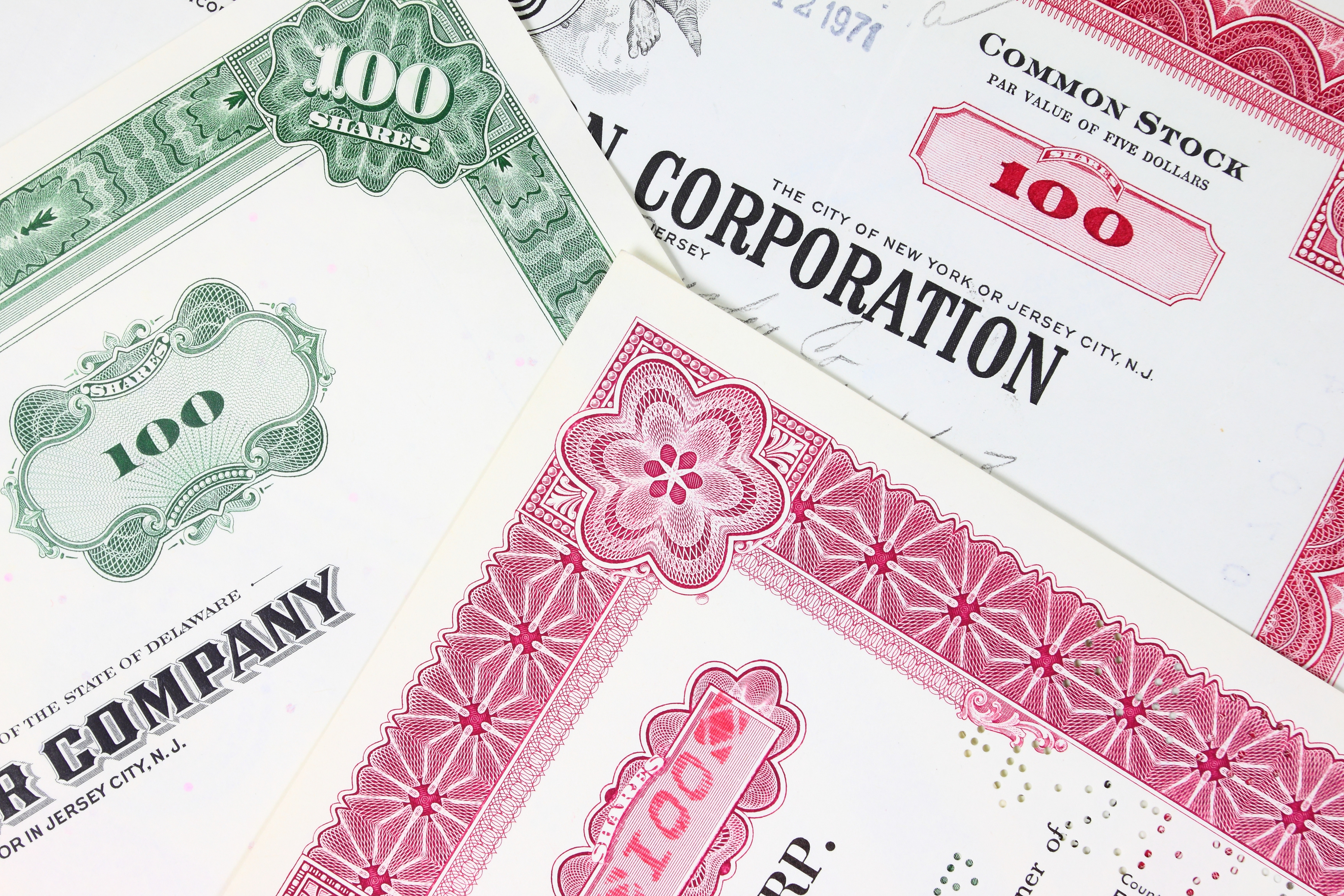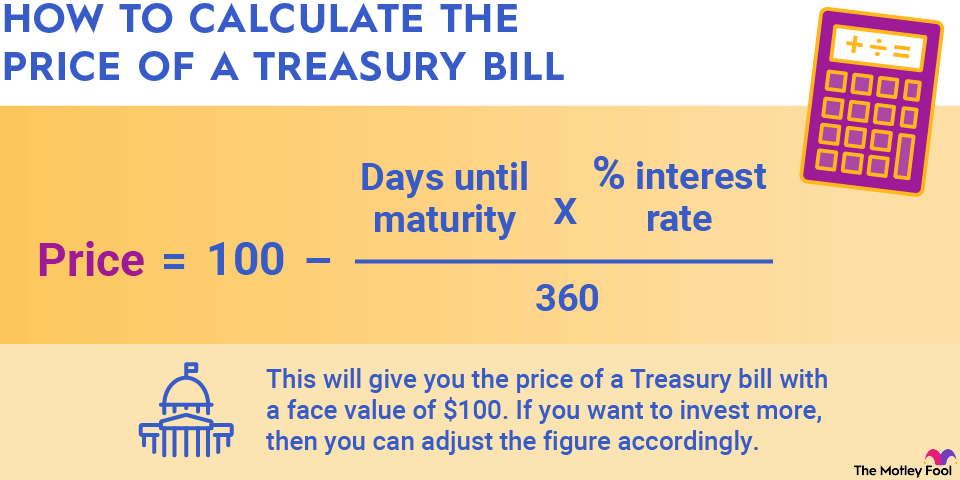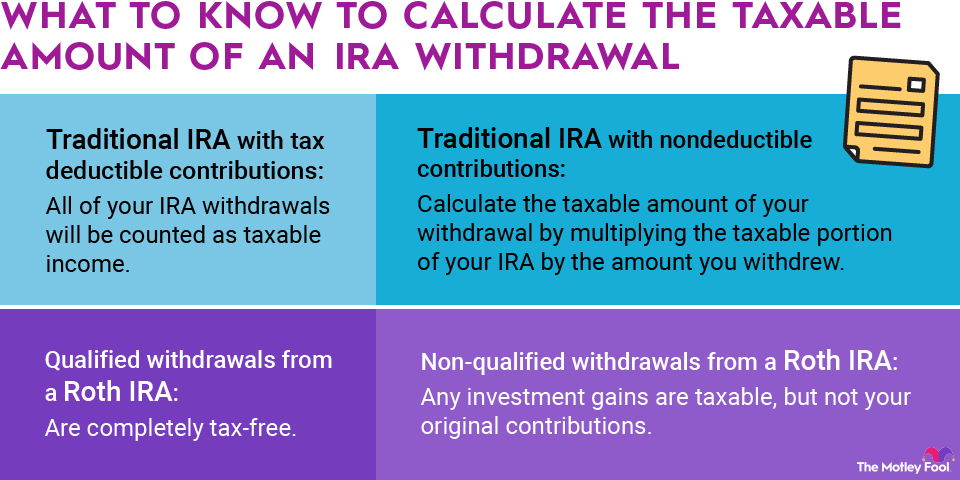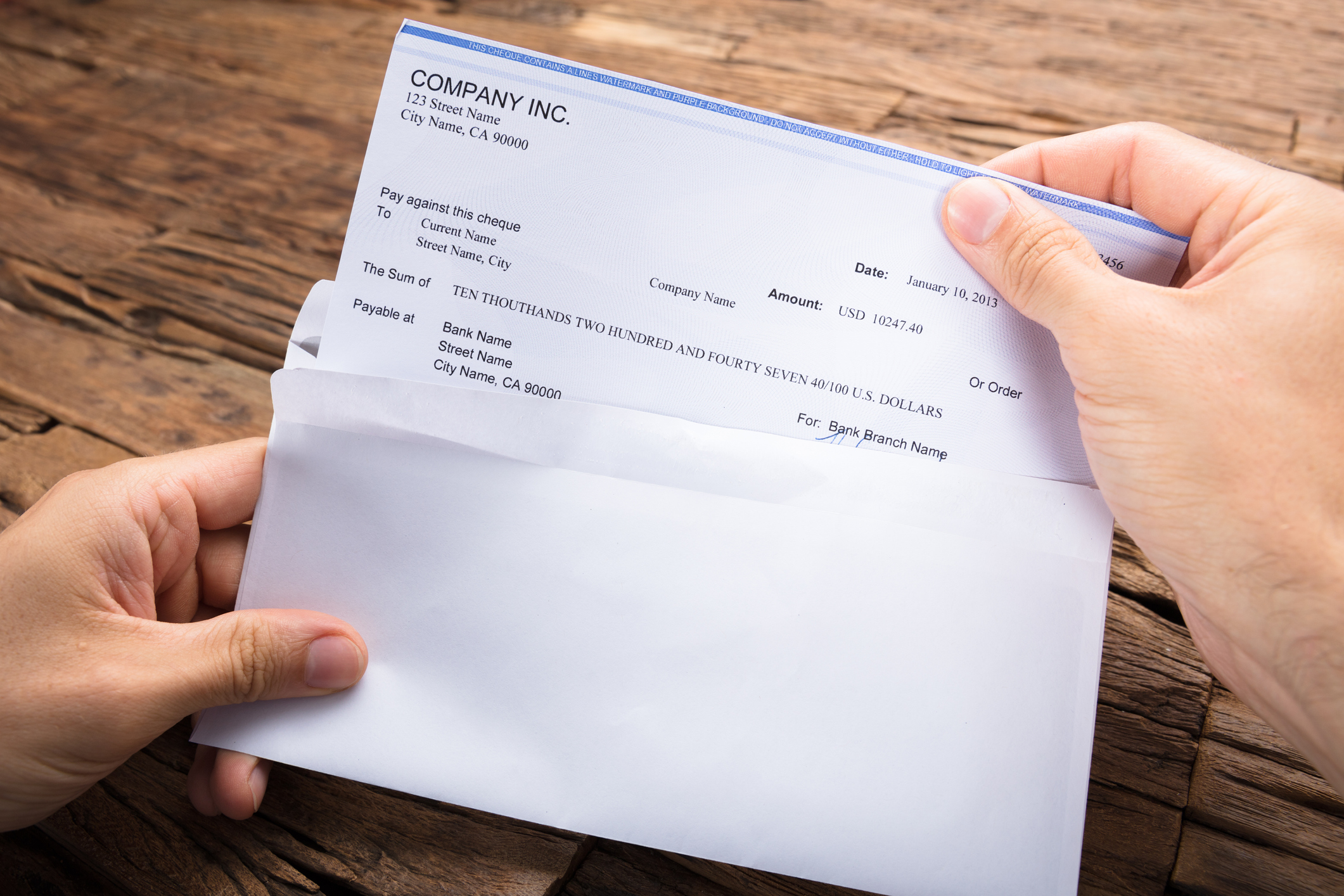When you buy stock in a company, you buy a percentage ownership of that business. How much of the business your one share buys depends on the total common stock outstanding, a figure you can easily determine using the company's balance sheet.
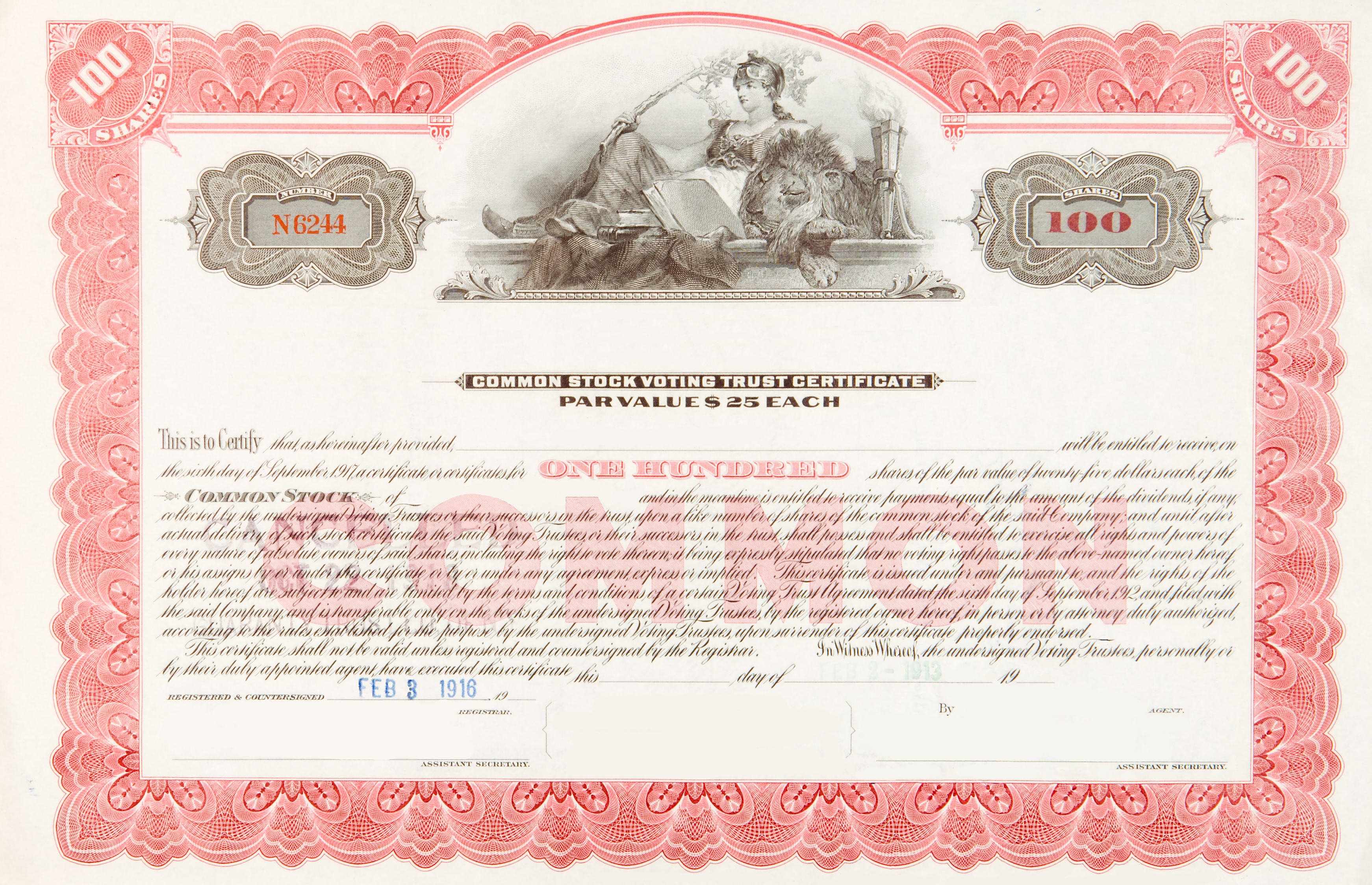
What common stock outstanding means
The common stock outstanding of a company is simply all of the shares that investors and company insiders own. This figure is important because it translates a company's overall performance into per-share metrics, making an analysis much easier regarding a stock's market price at a given time. If there are 100 shares outstanding and you buy one, you own 1% of the company's equity.
The life of common stock goes through a few phases, and understanding each step is important for putting the common-stock-outstanding number into proper perspective.
First, the board of directors authorizes the company to issue a certain number of shares. That initial figure is appropriately called "authorized" stock. The company hasn't taken action yet; it's just gotten approval to take action and sell some shares if it chooses to. As an example, let's say that a fictional business, the Helpful Fool Company, has authorized 5,000 shares.
Next, the company issues shares. This "issued" stock can be less than the total authorized, but it can never be more. The board, after all, only greenlighted the authorized amount.
At this point, the "issued" and "outstanding" stock are equal. Company management or investors own all of the issued stock. Helpful Fool Company's board has elected to issue just 2,000 shares at this time. Therefore, the company currently has authorized 5,000 shares and has 2,000 shares issued and outstanding.
Many companies buy back shares as part of their capital allocation strategy. When a company buys back its own shares, that stock is accounted for as "treasury stock" on its balance sheet. Treasury stock is no longer outstanding -- the company itself now owns it, not an investor or employee, but it has still been issued.
Let's say that Helpful Fool Company has repurchased 500 shares in this year's buyback program. The company now has 5,000 authorized shares, 2,000 issued, 500 in treasury stock, and 1,500 outstanding. The outstanding stock is equal to the issued stock minus the treasury stock.
Thanks to the SEC, common stock outstanding is straightforward to calculate
All companies must report their common stock outstanding on their balance sheet. The easiest way to calculate the number is to simply look it up. You can do that by navigating to the company's investor-relations webpage, finding its financial reporting, and opening up its most recent 10-Q or 10-K filing. The same can be done on the SEC's website as well.
From there, scroll down until you find the section in the 10-Q or 10-K called "Capital Stock." All the details you need will be there. You'll also see the various other stock categories, so don't let that confuse you. One possible point of confusion we still need to mention is stock given to employees as compensation, typically in some combination of restricted stock, options, or equity grants. That stock should be included in the common stock outstanding figure.
Related investing topics
The calculation for common stock outstanding can seem a little daunting at first simply because so much accounting jargon is used to define and calculate it. Don't worry -- the concept is really pretty simple. Now that you're equipped with this foundation of knowledge, all you need to do to figure it out is to go look it up on any company's balance sheet in their 10-Q or 10-K filing.
If you're interested in learning about common stock, you may also in learning about the best broker available for your needs, so visit our broker center to discover the possibilities.
This article is part of The Motley Fool's Knowledge Center, which was created based on the collected wisdom of a fantastic community of investors. We'd love to hear your questions, thoughts, and opinions on the Knowledge Center in general or this page in particular. Your input will help us help the world invest, better! Email us at [email protected]. Thanks -- and Fool on!




